#portuguese
Text
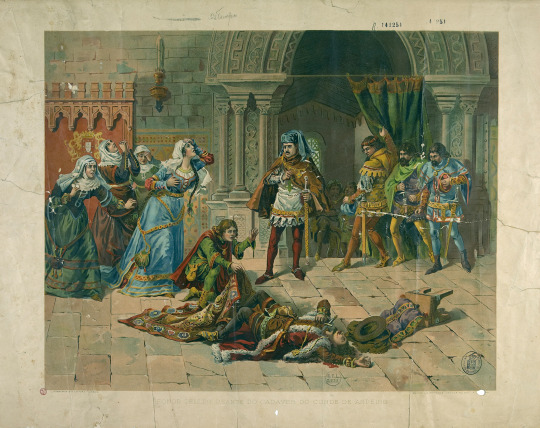
Leonor Telles before the corpse of Count Andeiro by Alfredo Roque Gameiro
#alfredo roque gameiro#art#leonor teles#joão fernandes andeiro#count andeiro#conde andeiro#portugal#portuguese#galician#nobleman#queen consort#medieval#middle ages#nobility#royal#royalty#mediaeval#history#europe#european
32 notes
·
View notes
Text

Duke, -duce, Herzog & ziehen
Duke comes from the Latin word dux (leader). It's related to the verb dūcere (to lead; pull), whence English -duce, for example in to seduce (whose original Latin meaning was 'to lead astray').
The second part of German Herzog (duke) is cognate to dux. This part, -zog, is related to the German verb ziehen (to pull), cognate of dūcere.
Old English had cognates of both words. Its counterpart of Herzog was heretoga (army leader). In Middle English it became heretowe, which would've become modern *hartow. The Old English cognate of ziehen was tēon. This verb would've become *to tee if it had continued to exist. See the infographic for information about its past tense and past participle.
#historical linguistics#linguistics#language#etymology#english#latin#french#dutch#german#spanish#old english#old french#old dutch#old saxon#low saxon#old high german#old frisian#frisian#romanian#catalan#portuguese#greek#venetian#gothic#lingblr
30 notes
·
View notes
Text


Documentary As Armas e o Povo (1975)
#as armas e o povo#documentary#25 de abril#25 abril 1974#25th april#carnation revolution#portuguese#revolution#freedom#revolução dos cravos#1974#25 abril
25 notes
·
View notes
Text
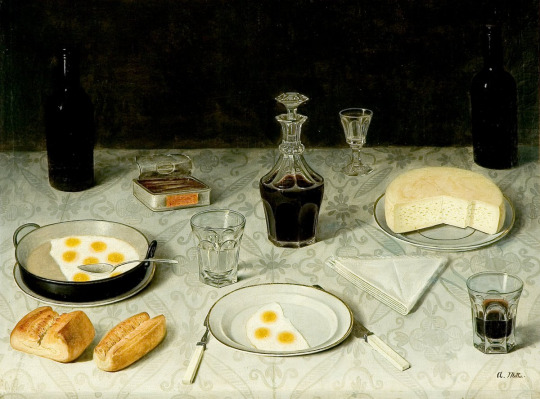
Vicente Mallio (Portuguese, 1832-1892)
Still life, ca.1801-1900
#you can now buy me a coffee no pressure#Vicente Mallio#portuguese#1800s#still life#art#fine art#european art#classical art#europe#european#oil painting#fine arts#europa#mediterranean#portugal#iberia#iberian peninsula#southern europe#buy me a coffee
3K notes
·
View notes
Text

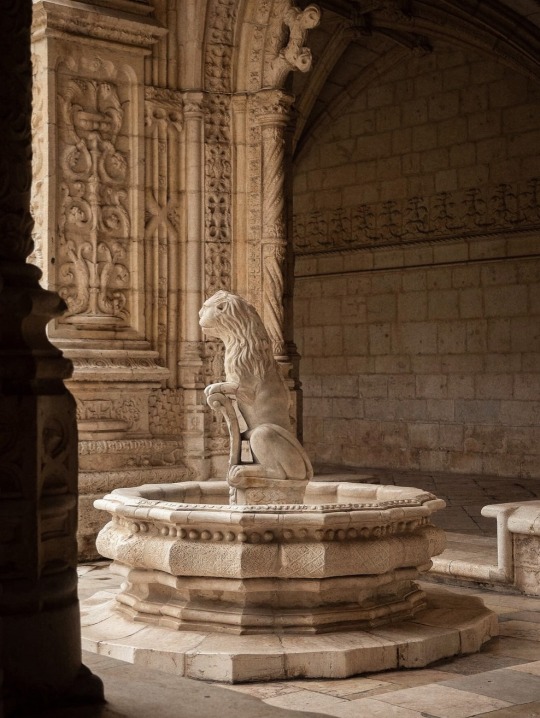
Mosteiro dos Jerónimos by michaelthecanadian.
#Mosteiro dos Jerónimos#portuguese#monastery#portugal#português#lisbon#alternative#aesthetic#dark academia#dark academic aesthetic#dark aesthetic#aestheitcs#dark#art#light acadamia aesthetic#light academia
859 notes
·
View notes
Text
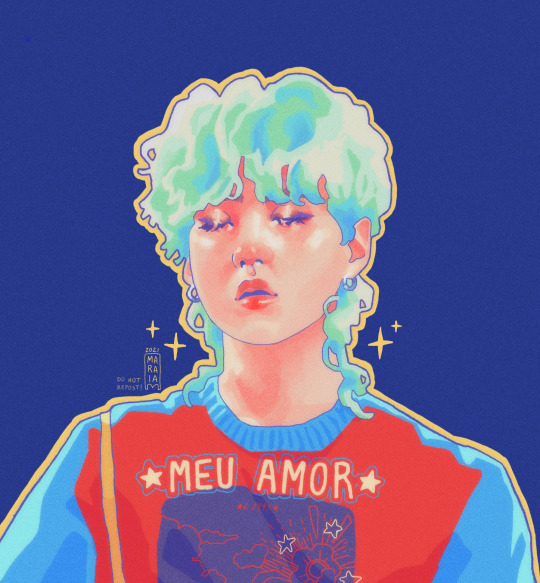






lovers
#artists on tumblr#bts fanart#maraia#bangtan fanart#seokjin fanart#taehyung fanart#yoongi fanart#namjoon fanart#hoseok fanart#jungkook fanart#jimin fanart#hopefulngold#bts#bangtan sonyeondan#portuguese#min yoongi#jung hoseok#kim namjoon#jeon jungkook#kim seokjin#kim taehyung#park jimin#hyyh but theyre older
714 notes
·
View notes
Text

ginger-by-the-sea🦞
756 notes
·
View notes
Text


3D Graffiti Pieces by Odeith

Portuguese street artist Odeith, also known as Sérgio Odeith, has gained international recognition for his jaw-dropping 3D graffiti pieces that defy the limits of perception.


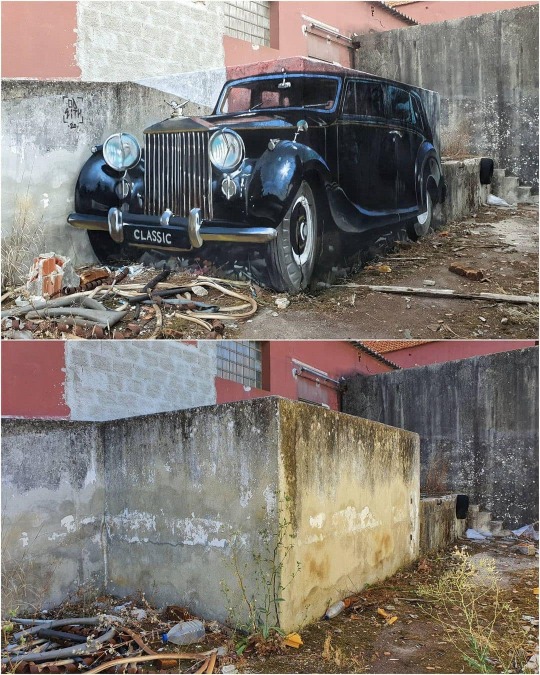





769 notes
·
View notes
Text
Source
She says
You did it
Bird goes dedeeddeeda
You did it
Dedeeedadadada
You destroy it
Dedeeeadadada
Listen …
DEEEDADADA
I just …
DEEEDADADADE
I mean..
DOIDOIDIIDIDOODIOO…😂😂😂
853 notes
·
View notes
Text
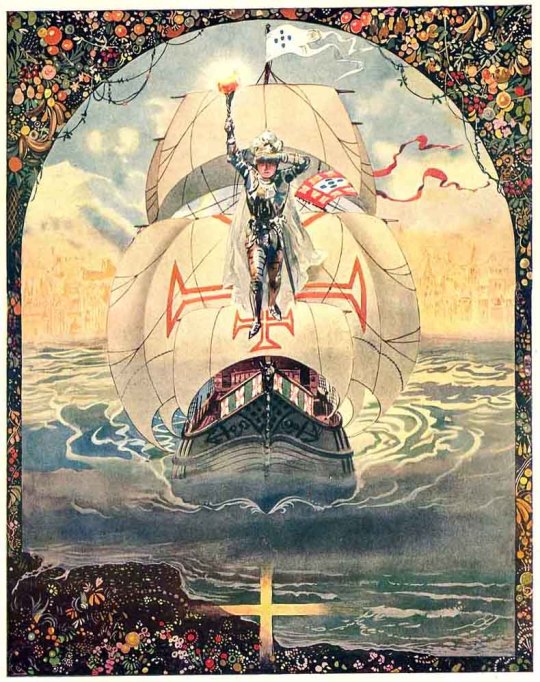
Frontispiece of "História da Colonização Portuguesa do Brasil"
Illustrated by Alfredo Roque Gameiro
#alfredo roque gameiro#art#portugal#portuguese#brazil#brasil#americas#new world#age of exploration#age of discovery#age of sail#conquest#europe#european#history#ship#ships#knight#torch#medieval#middle ages#torchbearer#armour
38 notes
·
View notes
Text

Portuguese embroidery, Portugal, by Festas d'Agonia
#portuguese#portugal#europe#western europe#folk clothing#traditional clothing#traditional fashion#cultural clothing
539 notes
·
View notes
Text
Me about non-Brazilians

#president lula#brazil#brazilian portuguese#portuguese#portuguese language#langblr#the real life of me#brazilian culture#portuguese langblr#world politics#they don't know
401 notes
·
View notes
Text
The word for 'I' has many different forms in the Romance languages, such as French je, Italian io, Portuguese eu and Spanish yo. Yet all these forms stem from one Latin word: egō. Here's how egō step by step changed into a selection of its Romance descendants.
People who subscribe to my Patreon get access to extra information further explaining what you see on the infographics and videos. To give you an impression, here's the text that goes with this video.
How did these forms originate?
Latin, Late Latin and Sardinian
Around the second century AD, the [g] sound of Latin egō (as in English go) started to weaken. It became a fricative sound similar to the one in Modern Spanish agua 'water'.
In this form, with only minor vowel changes, it survived until this very day in certain Nuorese dialects of Sardinian: ego. These geographically isolated dialects are known for being the most conservative descendants of Latin. Their most notable trait is the conservation of the Latin [k] and [g] sounds before i and e: Latin centum '100' with [k] became kentu, whereas in Italian it became cento with the [tʃ] sound of English check, and in French, Portuguese and many variaties of Spanish it respectively became cent, cento/cem and ciento/cien with [s].
In a Late Latin text from the 6th century, we encounter egō as eo. By this time, the consonant had been dropped. It's this form that's considered Proto-Romance, i.e. the form that gave birth to all descendants except the form in the Nuorese dialects I discussed above. Eo even remained practically intact in a number of other Nuorese dialects.
Portuguese and Romanian
In Portuguese and Romanian, the -o of eo became w-like: eu. However, the Romanian spelling hides the diphthongisation of [ɛ] to [jɛ], later [je]. Cfr. ferrum > fier, and pellem > piele.
Italian and Neapolitan
In Italian, [ɛ] became [e] and then [i], a sound close to it: io. This sound change didn't only happen in this word: compare mio 'my' (from Old Italian meo) and Dio 'God' (from Deo) with Portuguese meu and Deus. In Neapolitan, the -o weakened and became the schwa sound of English words like roses.
Spanish and French
The form io must have also existed in the distant ancestors of Spanish and French, but there, [i] didn't stop changing: it turned into a [j], its consonantal counterpart. In both languages, this [j] eventually underwent fortition: it became a stronger consonant similar to the one in English joke, which eventually weakened again in Modern French je.
In South American Spanish, interesting things are happening. The sound change that yo pronounced as [ʒo] has undergone in the Rioplatense dialects in Uruguay and the southern part of Argentina is called zheísmo, and what's happening in Buenos Aires and spreading through Argentina is called sheísmo: [ʃo].
#historical linguistics#linguistics#language#etymology#latin#french#spanish#old french#old spanish#romanian#sardinian#portuguese#italian#proto-romance#video#audio#lingblr#late latin
704 notes
·
View notes
Photo

Julião Sarmento (Portuguese, 1948–2021), The House with the Upstairs in It, 1996, 110 x 87 cm
2K notes
·
View notes
Text

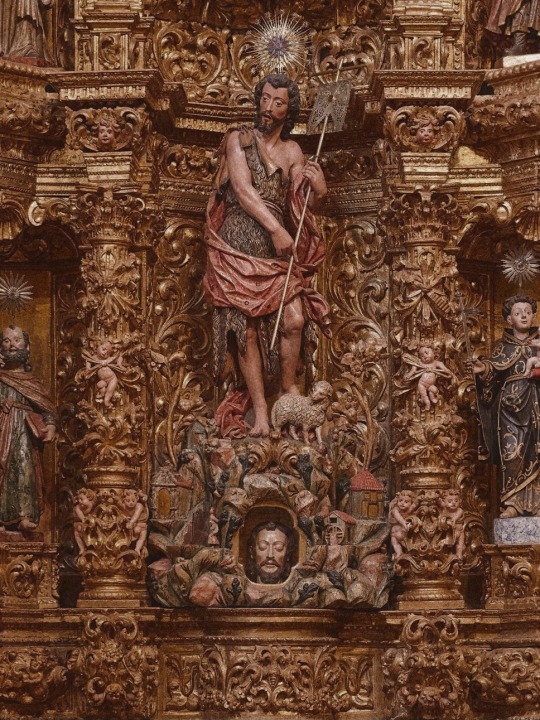




Igreja de Santa Clara by maik.monuments.
#porto#portugal#catholic#catholic church#church#church architecture#church aesthetic#church art#portuguese#alternative#aesthetic#dark academia#dark academic aesthetic#dark aesthetic#aestheitcs#dark#art#light acadamia aesthetic#light academia
553 notes
·
View notes
Text

Praia da Ursa é nomeado após as rochas na praia.
'Bear Beach' is named after the rocks on the beach.
#portugal#portuguese#praia da ursa#praia#english#europe#sea#sand#beach#bears#animals#lifestyle#luxury#worldtalks#travel#photography#country#translation#language#uploads
575 notes
·
View notes